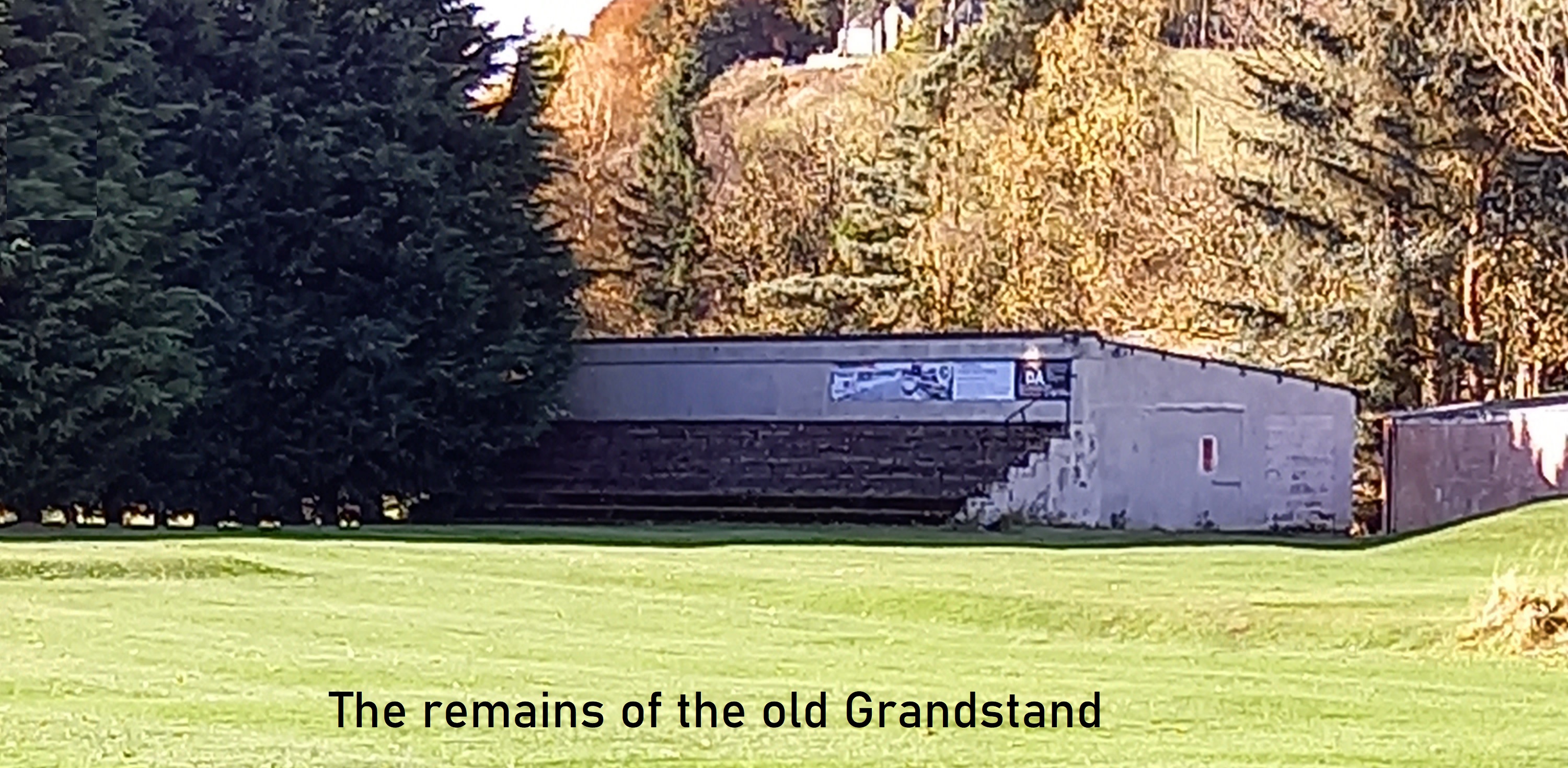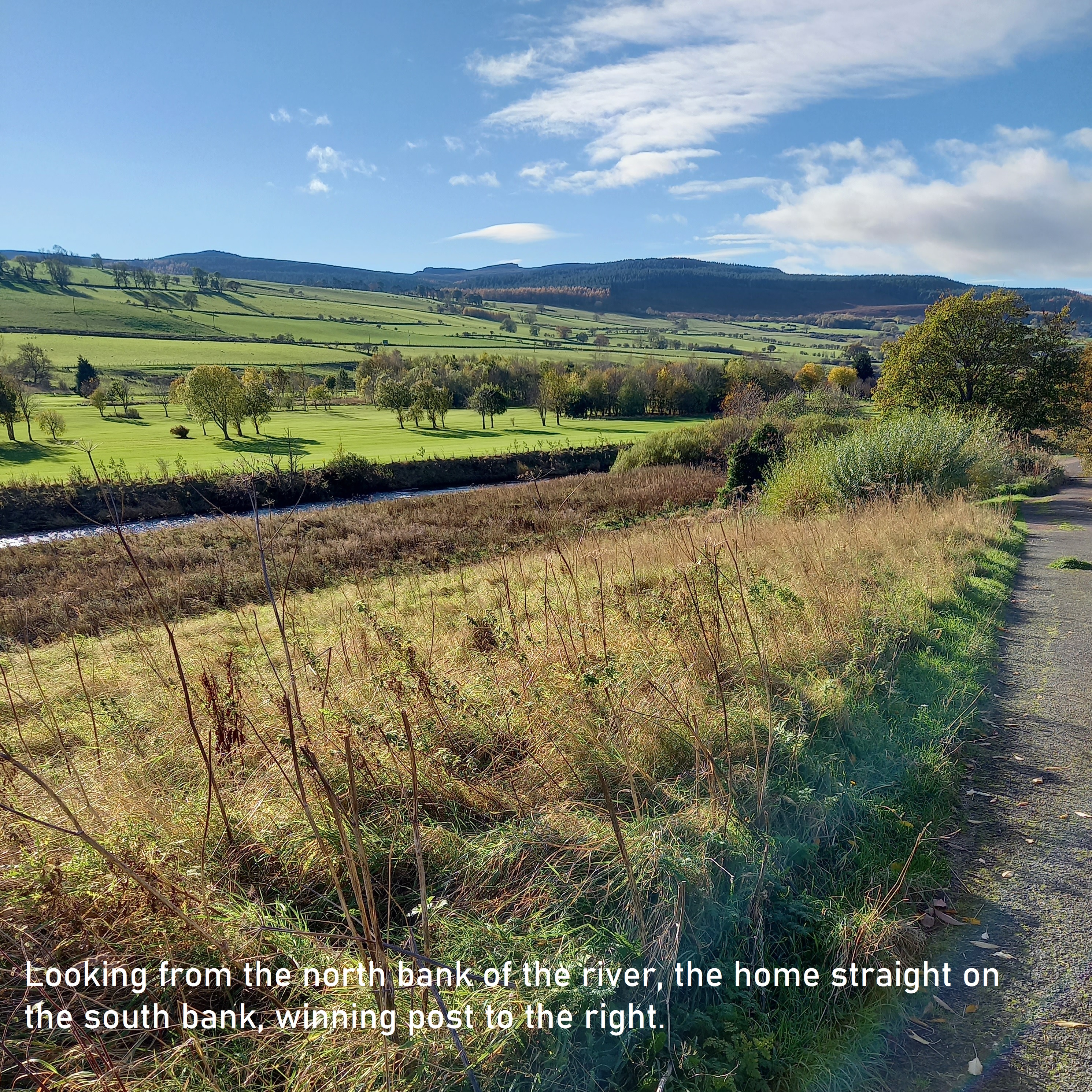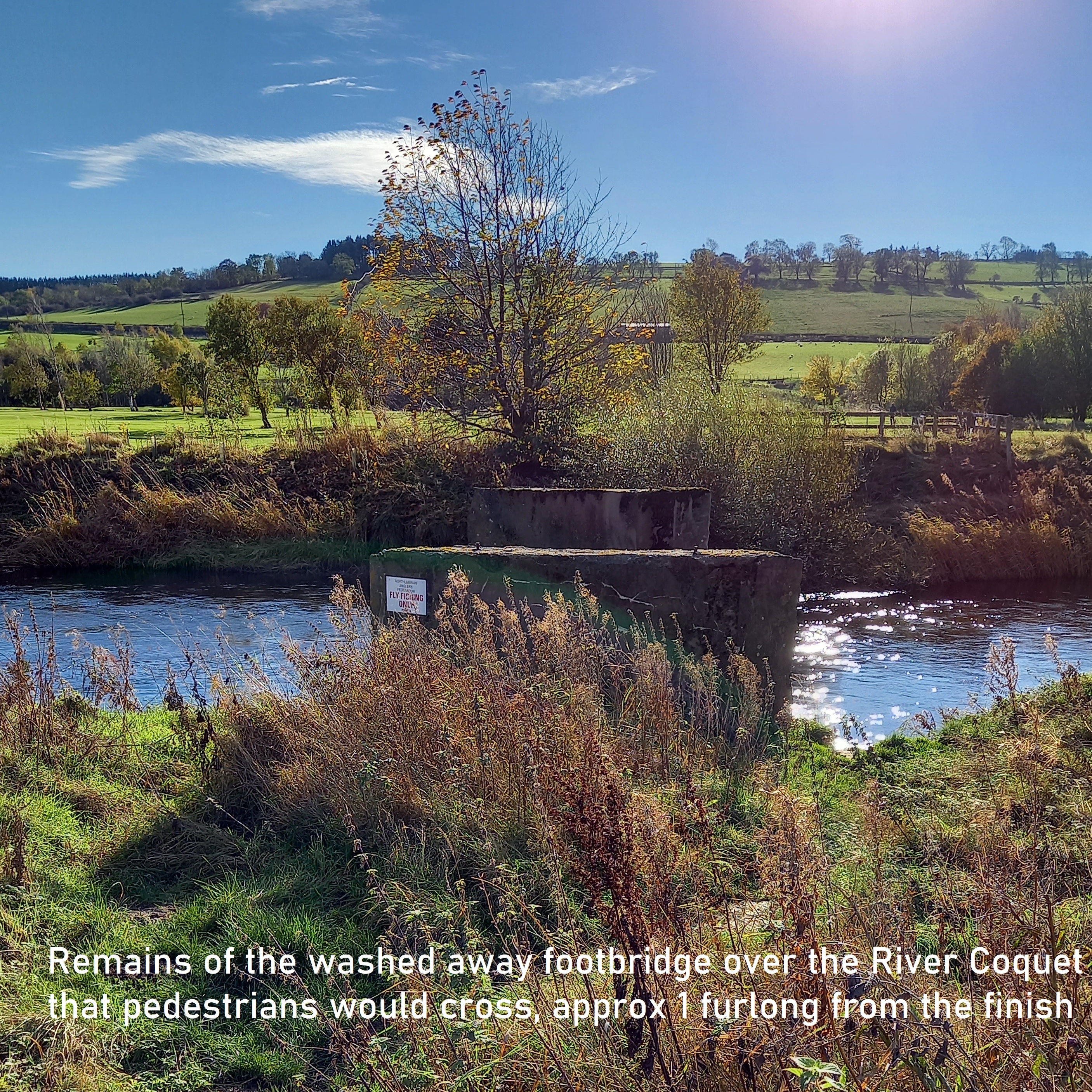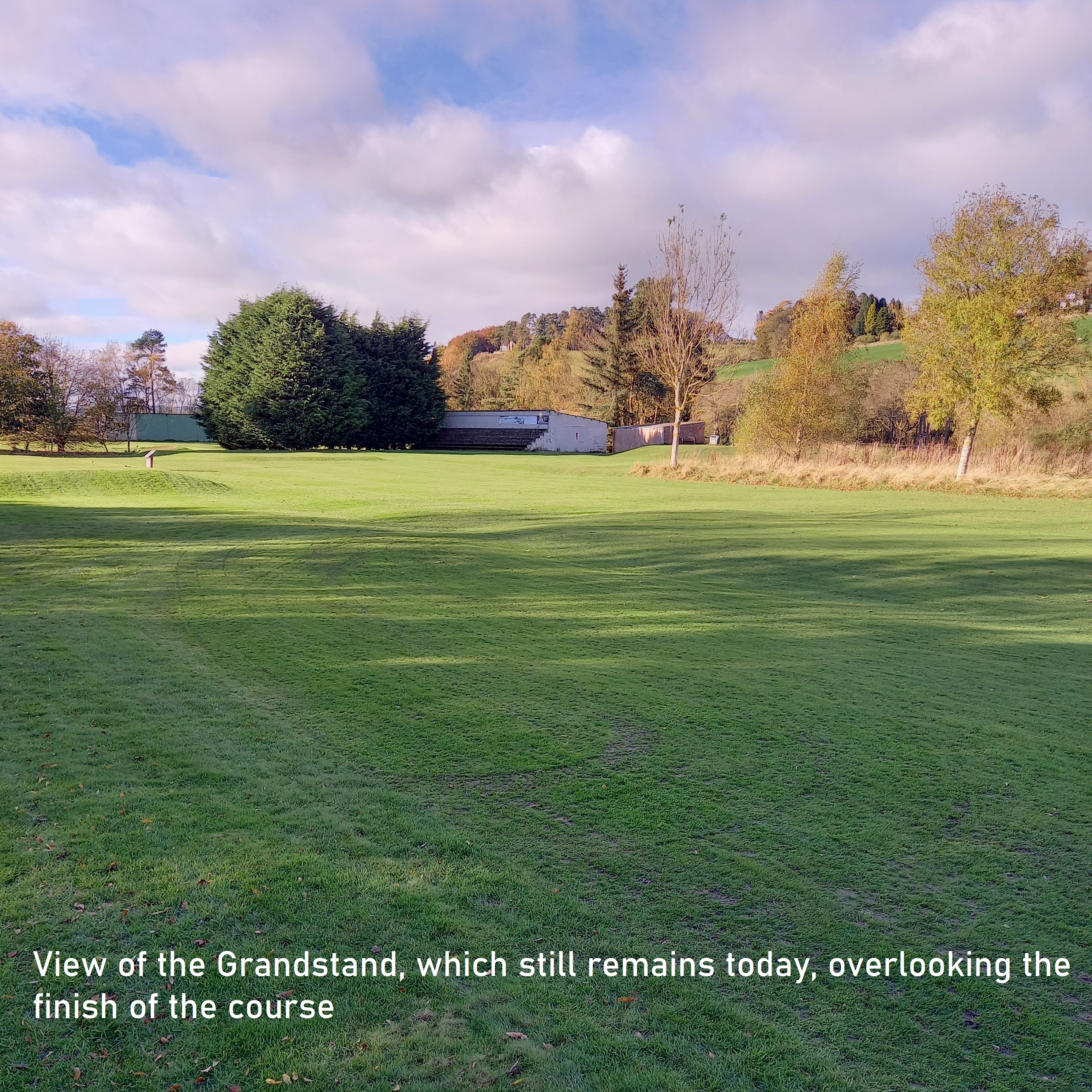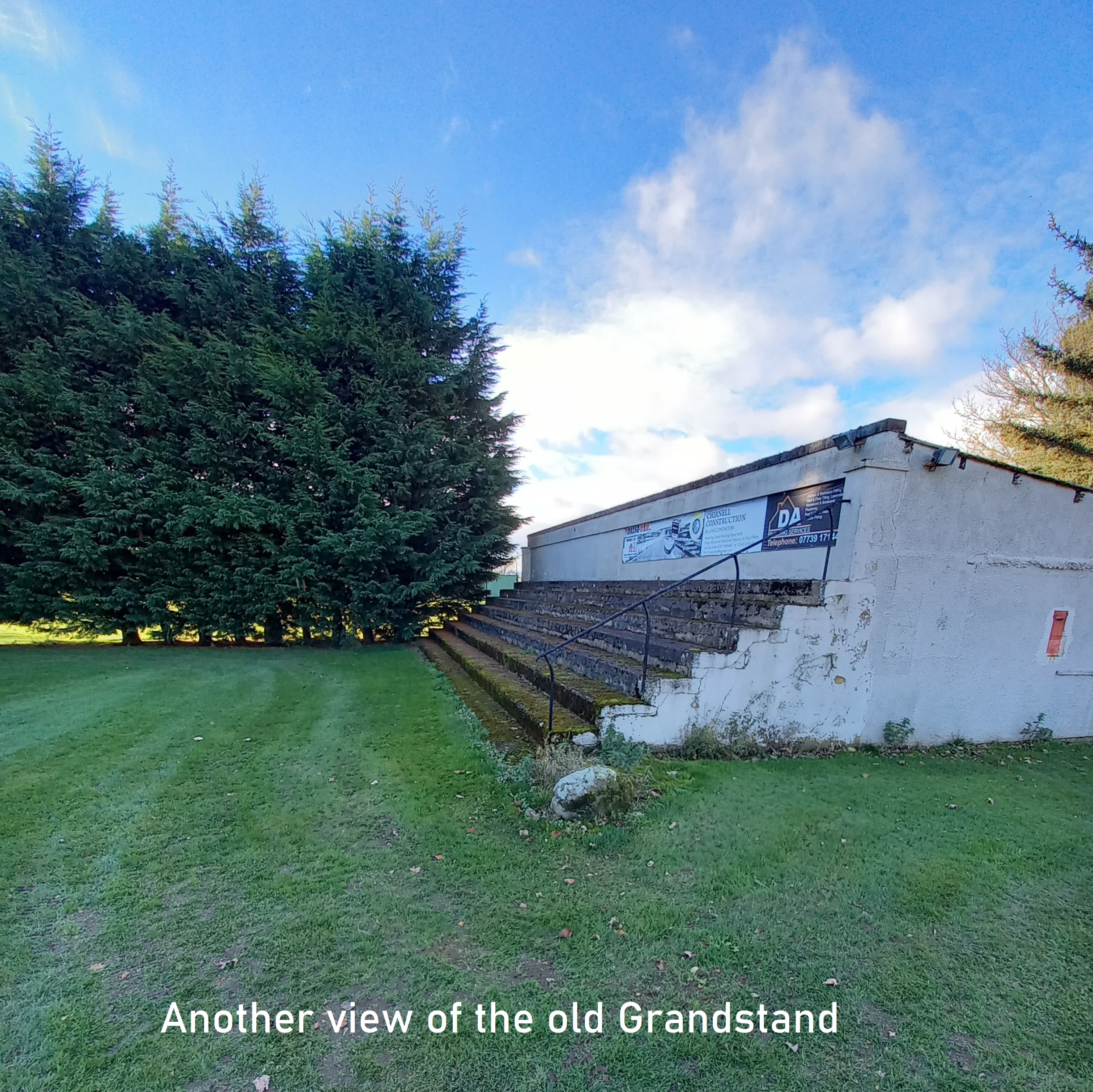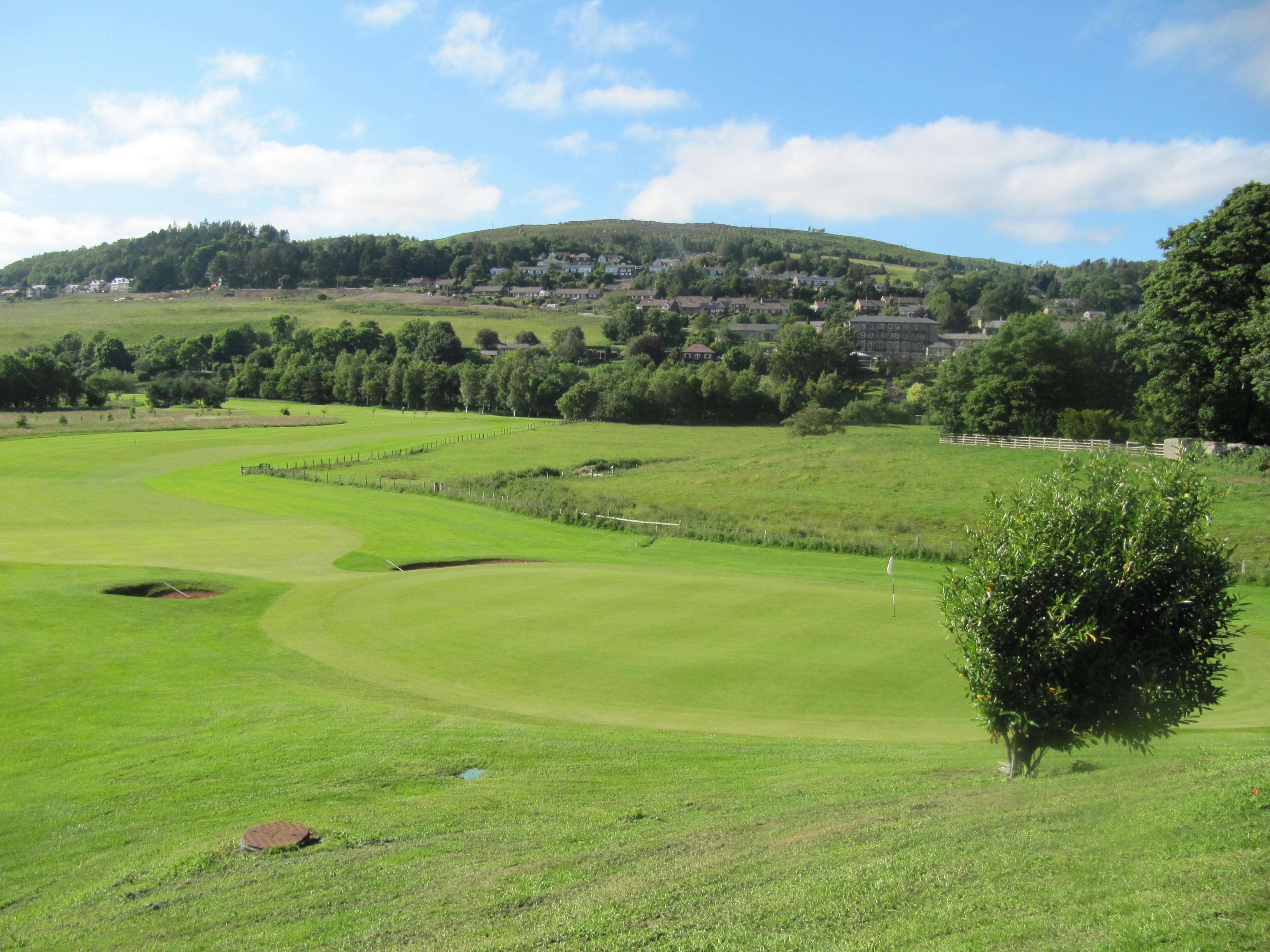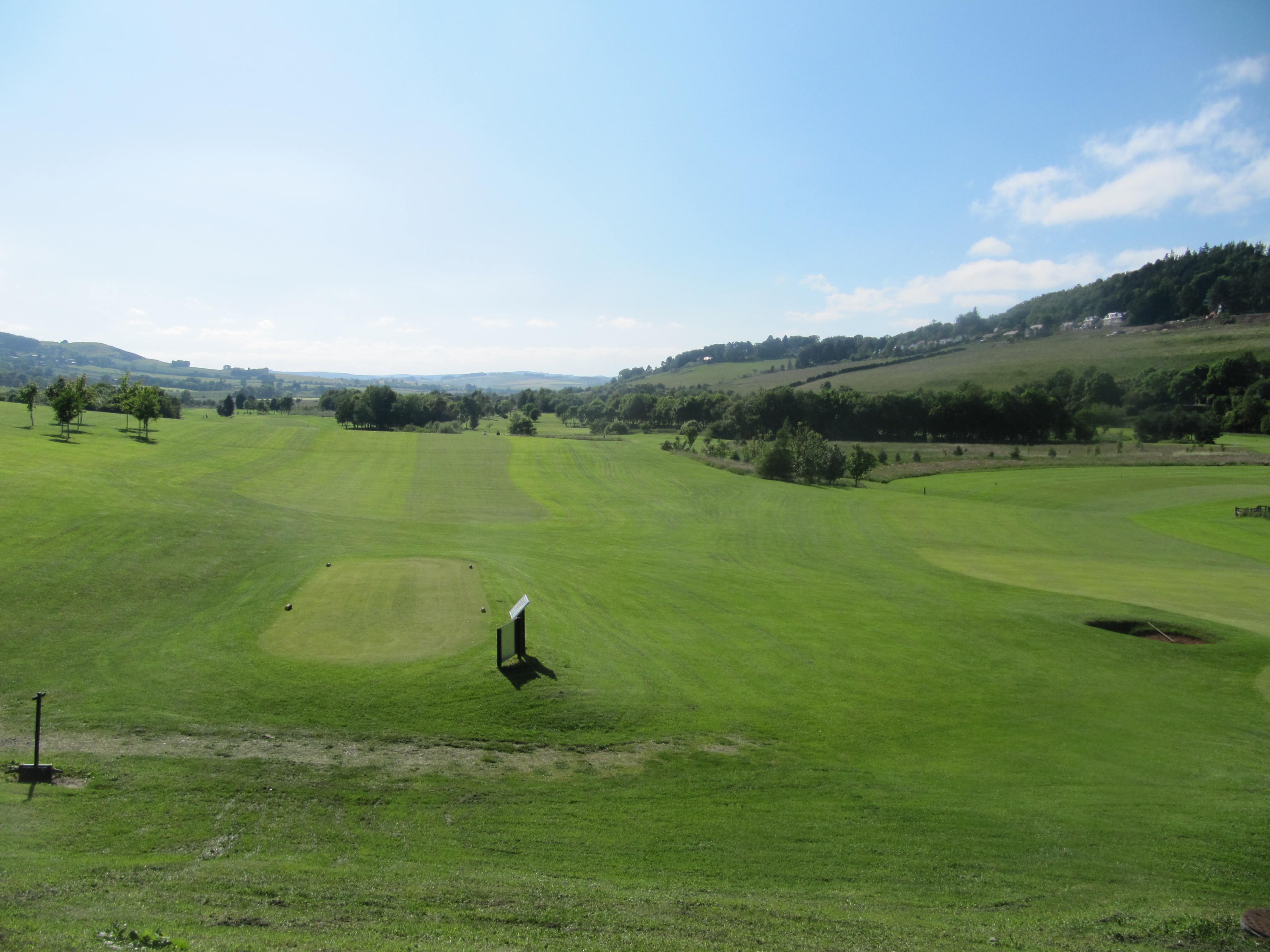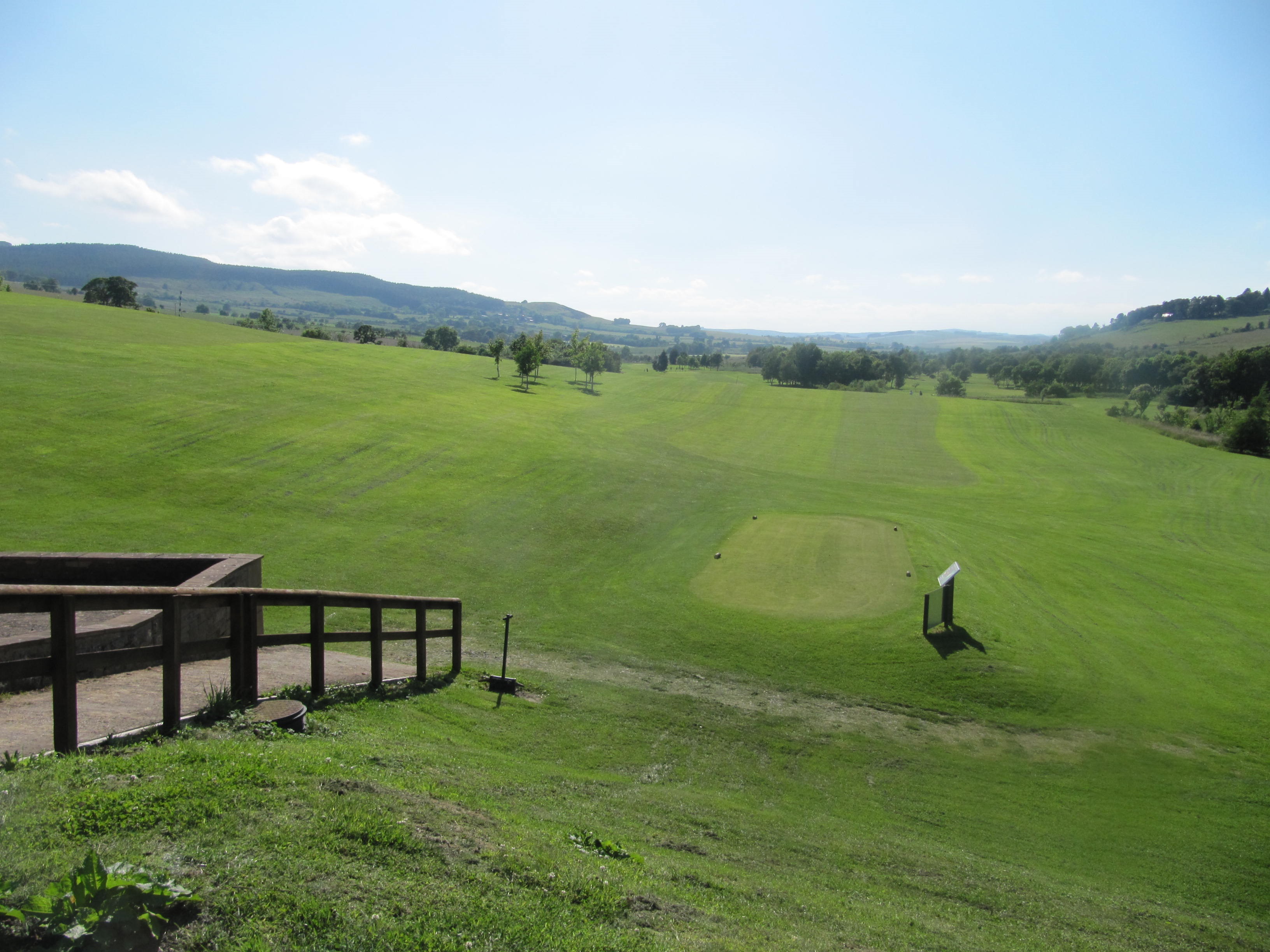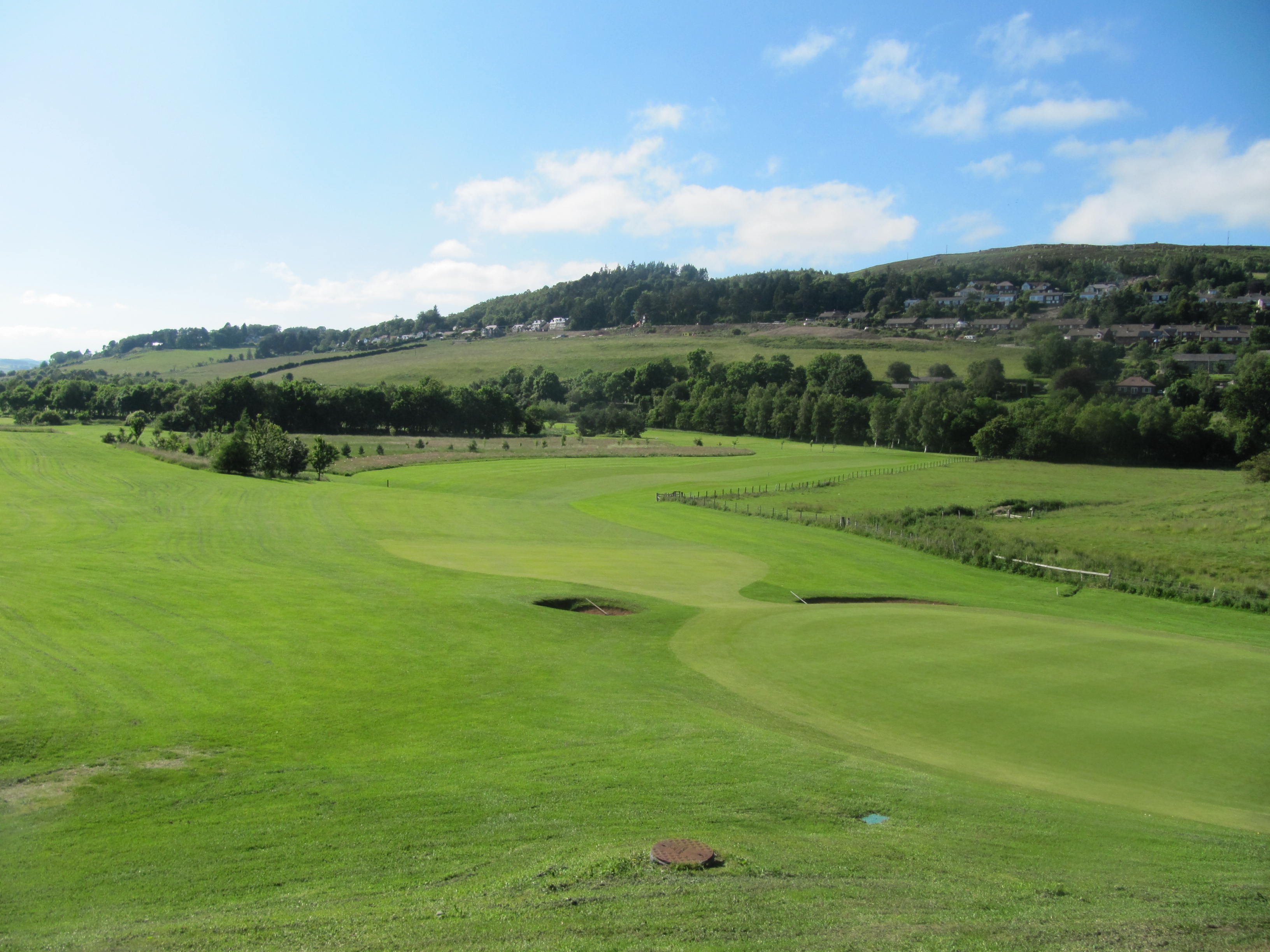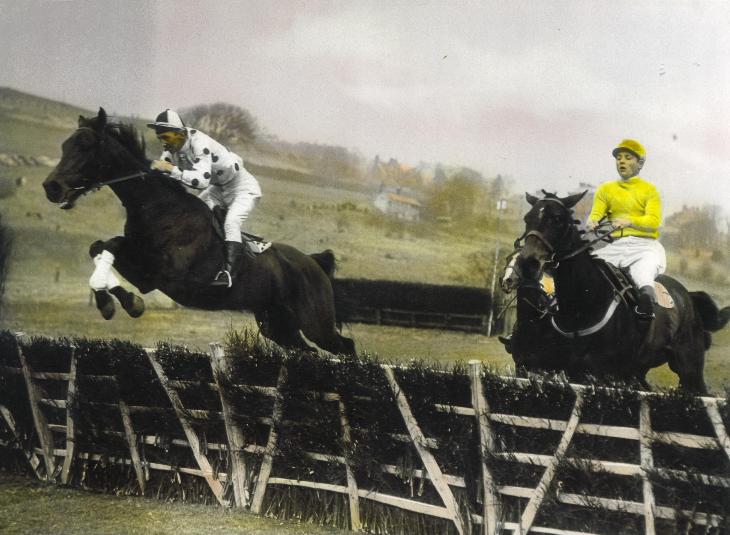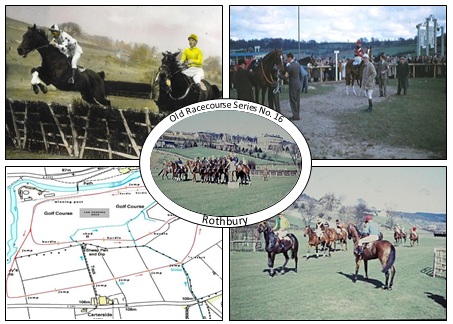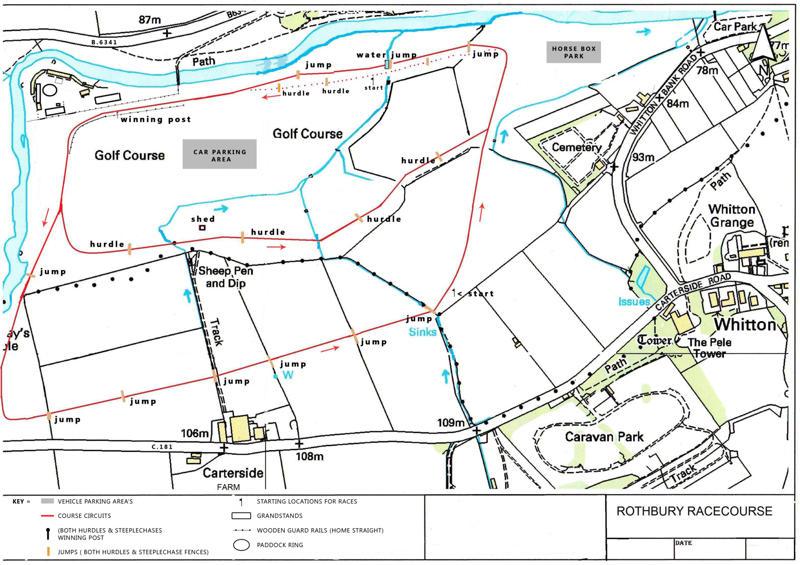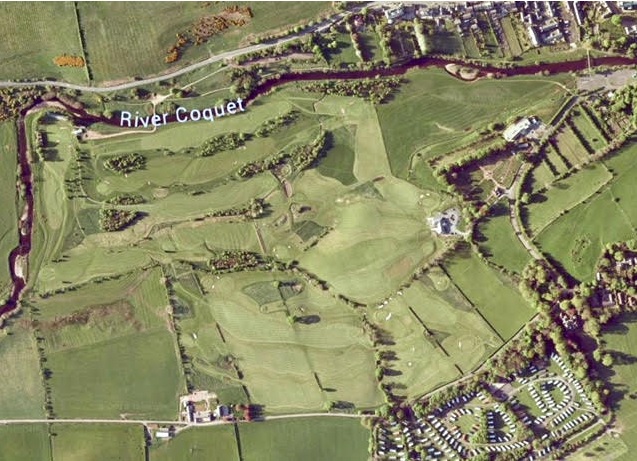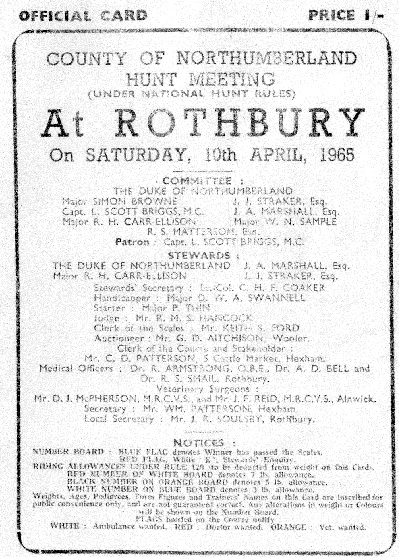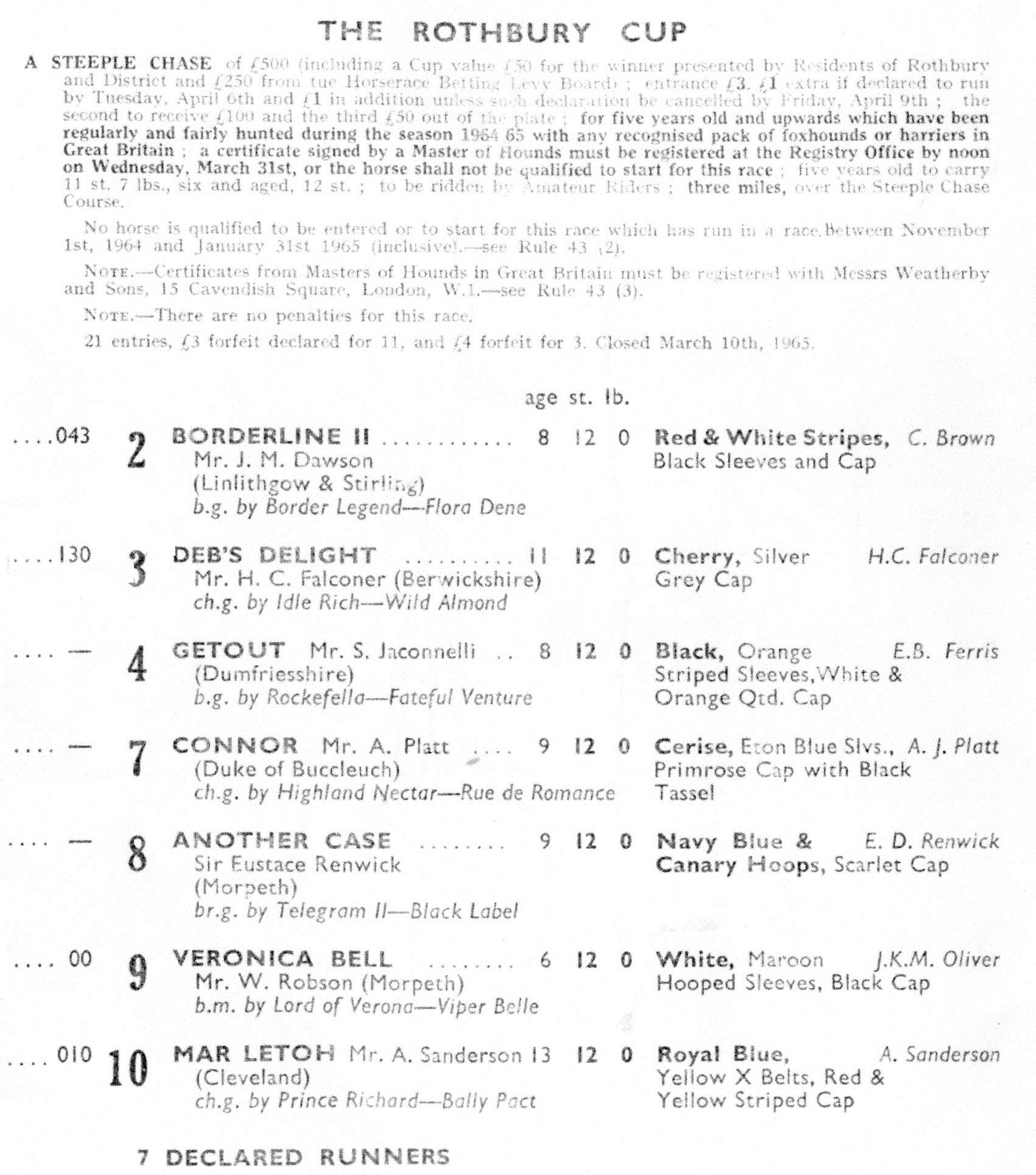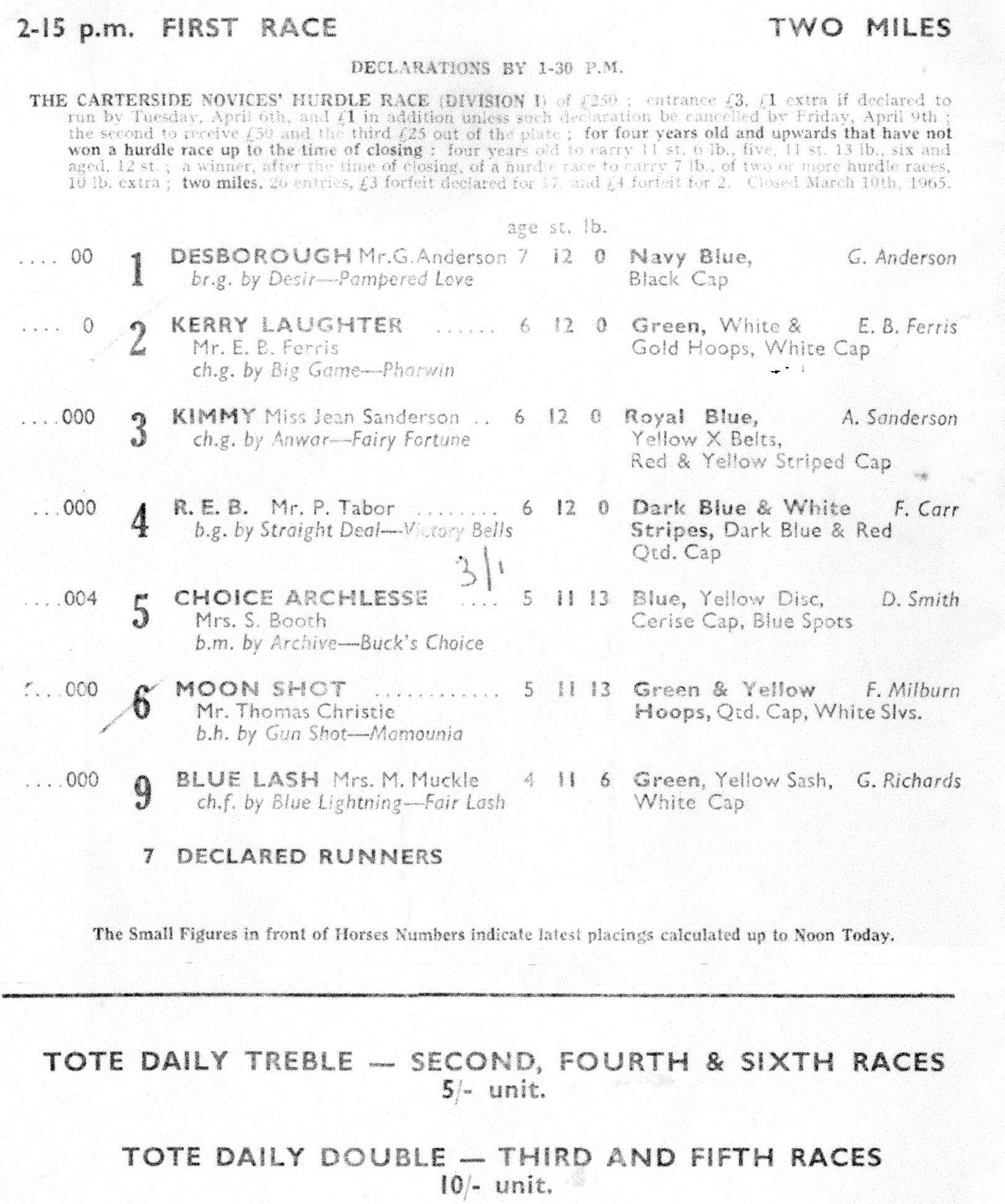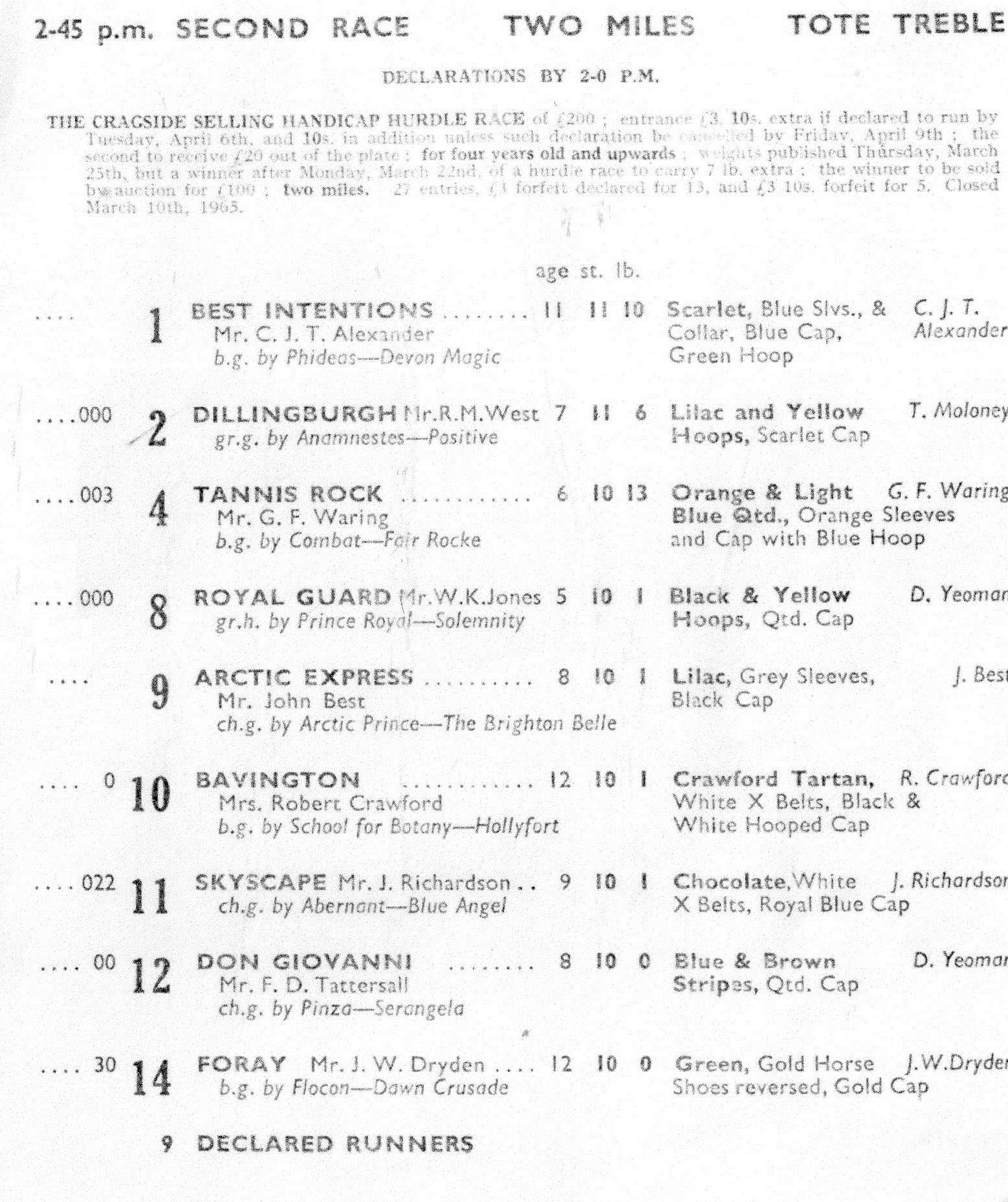I am grateful to Alastair Turnbull who provided the racecard from the very last meeting at Rothbury which is shown below and some very fond memories of the course. He shares his memories below:-
I grew up on a farm in the Scottish Borders, about 7 miles from Kelso and adjacent to the farm where Sandy Thomson now trains. Most of the local farmers kept horses and were keen supporters of National Hunt racing and point to pointing. The Thomson family, for example, have a long tradition of success with the likes of Half Awake who won the 1968 Greenall Whitley at Haydock (now The Betfred Grand National Trial) for Sandy's father, David, who himself was also a leading point to point rider. Going further back, Sandy's grandfather bred MacMoffat who was runner up in both the 1939 and 1940 Grand Nationals (see http://www.greyhoundderby.com/GN1939.html and http://www.greyhoundderby.com/GN1940.html ) for further details and a video of each of these races. Another legendary chaser from the area who graduated from the point to point ranks was Freddie, who regularly was successful in his southern raids. He had a particular liking for Sandown Park, where he won many big races, as well as being runner up in the 1965 and 1966 Grand Nationals (see http://www.greyhoundderby.com/GN1965.html and http://www.greyhoundderby.com/GN1966.html ).
My family were all keen race goers and my grandfather in particular was a very astute and successful punter. Kelso and Hexham Races were unmissable,with Newcastle and Edinburgh (now Musselburgh) also being popular ports of call. Another favourite destination was Rothbury, which only raced on one day a year and I remember going racing there 2/3 times as a child, including the last ever meeting on 10 April 1965. Coincidentally, this was also the date of the last ever meeting at Bogside when the Scottish Grand National was won by Brasher, ridden by Jimmy FitzGerald.
As you arrived at Rothbury racecourse, from the town, it was on the left hand side, on the banks of the River Coquet. The car park was on the right, on the valley slopes and after parking up you walked down, over the road and then over the river on a bridge onto the track.
As you would expect from a rural meeting in a county as beautiful as Northumberland, the setting was hard to beat, although the course split into two separate tracks in the back straight, a bit like Kelso but more exaggerated.
The hurdle track stayed on the valley floor and was quite sharp. As I recall, the 2 mile hurdle start was in the home straight and the race involved just over two circuits of the track. Conversely, on the run away from the winning post and enclosures, the steeplechase track climbed onto the hillside and was substantially longer, as well as being a sterner test of stamina. It was just under 1 and a half miles in circumference. Strangely as well, the water jump was the middle of 3 fences in the home straight and was bypassed on the final circuit, although the horses then had to get back on track to jump the last.
On that last day there was reputedly a crowd of 3,000, which for some reason was below average and I have attached a copy of the racecard.
The first race was won by a mare called Choice Archlesse, trained by Denys Smith and ridden by a then 7 lb claimer by the name of Brian Fletcher. It was early days in this trainer/jockey association which yielded many great successes, culminating in Grand National glory with Red Alligator. Brian was also of course the jockey who partnered Red Rum to his first two Grand National wins. And don't forget that Choice Archlesse was the dam of Cheltenham Gold Cup winner, Silver Buck.
The second race, a selling hurdle, was won by Jack Berry on the Denis Yeoman trained Royal Guard and the feature race, the Rothbury Cup, a hunter chase, was won by Mar Letoh.
The last race run at Rothbury was won by the favourite Golden Boy, ridden by John Blair.
I've driven past the course location a couple of times in the past 50 years and it hosts a very pleasant looking golf course (or some would say ‘curse’). But, unless you know differently, you would never recognise it as ever having been a racecourse. To me, and many like me, it is a distant and very enjoyable racing memory. |




